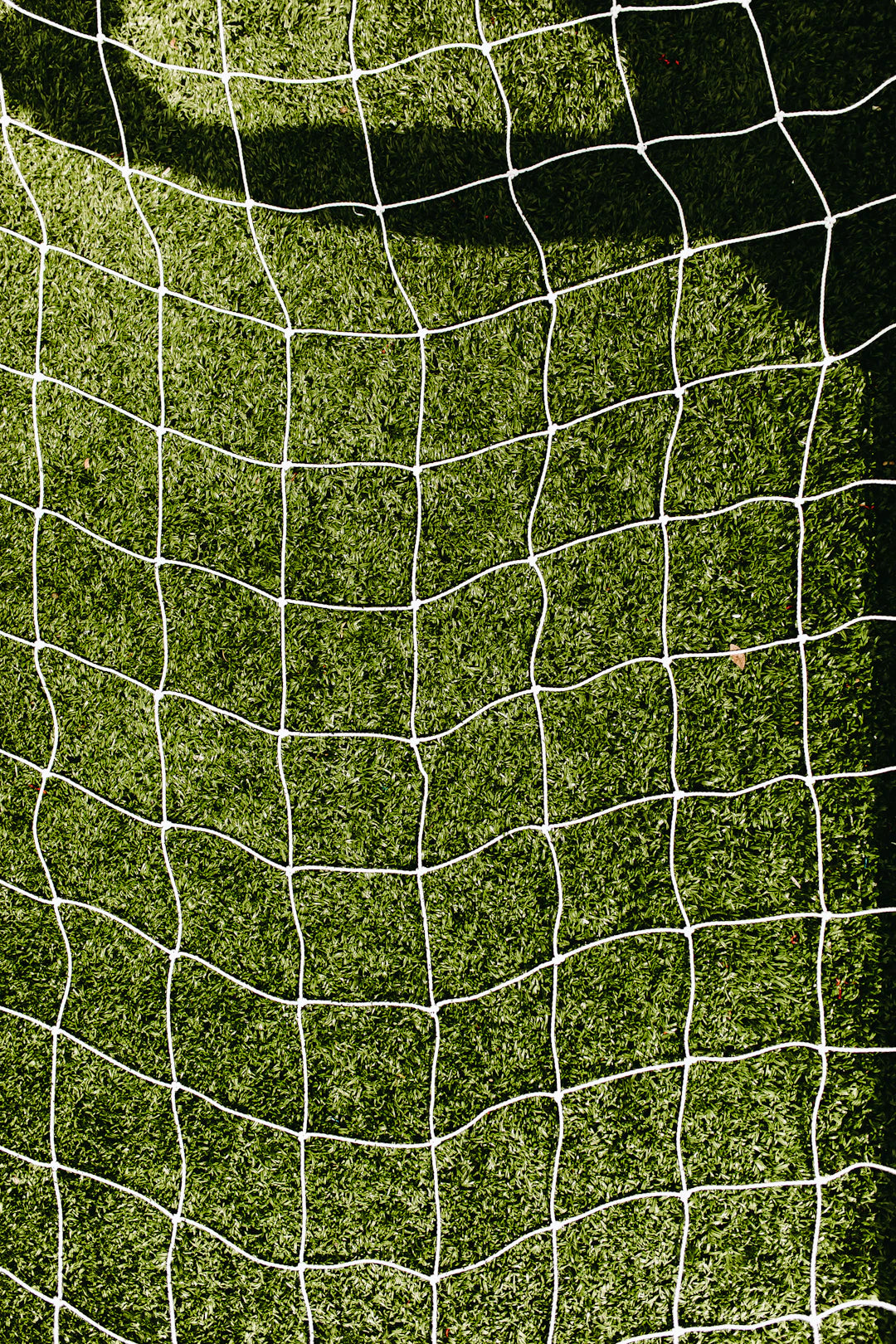
The VAR Revolution: Transforming English Football Leagues
Share
In recent years, Video Assistant Referee (VAR) technology has taken the spotlight in football, fundamentally changing the way the game is officiated. Its introduction in English Football Leagues, including the Premier League and lower divisions, has sparked a range of emotions and debates among fans, players, and officials alike. In this blog post, we’ll explore the role of VAR in the English Football Leagues, the implications it carries, and how it shapes the future of the sport.
Understanding VAR
VAR stands for Video Assistant Referee, a technology that allows match officials to review key decisions made during a game using video footage. The main objective of VAR is to correct clear and obvious errors in four specific match-changing situations:
- Goals and if a foul occurred in the build-up
- Pens and fouls inside the penalty area
- Red card incidents
- Wrong player identification
The Implementation of VAR
The Premier League was the last of the major football leagues to adopt VAR, which it did at the beginning of the 2019-2020 season. The English Football League (EFL) has also been experimenting with VAR in some of its competitions, making it a topic of interest across the entire spectrum of English football.
The implementation phase saw mixed reactions. Many fans hailed it as a move towards fairness, while others criticized it for interrupting the flow of the game and taking away the spontaneity of football. In addition, some high-profile decisions have raised questions about the technology's effectiveness and the criteria for its use.
Pros of VAR in English Football
Despite the controversies, VAR has introduced several advantages to the English Football Leagues:
- Increased Accuracy: VAR allows for a more accurate review of decisions, which is crucial in high-stakes matches. Wrong decisions can lead to significant consequences, and VAR has helped minimize this risk.
- Consistency in Officiating: ASSISTANT referees often make decisions in a split second without the advantage of replays. VAR provides a second look, which can lead to more consistent officiating across the board.
- Fairness for Players and Teams: Players deserve to have the game decided by the best possible decisions. VAR aims to ensure that clear and obvious mistakes do not determine the outcome of a match, promoting a sense of fairness for teams and players.
Challenges Faced by VAR
While the advantages are considerable, VAR has not been without its challenges. Here are some of the main points of contention:
- Time Delays: The process of reviewing a decision can take time, causing frustration for players and fans. Many supporters feel that lengthy interruptions disrupt the natural flow of the game.
- Subjectivity of Decisions: VAR reviews are only meant to correct clear and obvious errors, but the interpretation of these errors can be subjective. This has led to instances where fans feel wronged, despite the use of technology.
- Fan Perception: One significant drawback has been the alteration of the in-stadium experience. Fans often struggle with the suspense of waiting to see if a goal will stand or if a penalty will be awarded, detracting from the immediacy of the matchday atmosphere.
VAR's Impact on Club Performance
VAR has also changed how clubs approach games tactically. Teams have had to adapt to the technology and how it influences their style of play:
- Defensive Strategies: With VAR watching for potential fouls leading up to goals, defenders must be more careful in their challenges. This has brought about a more cautious playing approach, which can impact the overall quality of the game.
- Offensive Play: On the flip side, attackers can benefit from precise calls regarding offside positions and penalties. Teams may take more risks, knowing they have the potential for a review on contentious decisions.
The Changing Dynamics of Matches
VAR does not only affect individual players; it also impacts the games on a broader scale. Here are a few dynamics that have changed:
- Fan Reactions: The emotional rollercoaster is amplified with VAR. A goal celebration can instantly turn into disappointment as players and fans await the verdict from VAR.
- Player Behavior: Players have begun to adjust their behavior, both in terms of appealing for decisions and in their overall conduct. Knowing VAR is in play influences how they react to refereeing decisions.
Reshaping the Future of Football
With the integration of VAR technology, it becomes evident that the future of football will never be the same. As the technology evolves, so too will its application in football. Here are several ways it is expected to reshape the game:
- Improved Technology: As video technology advances, we can expect VAR to become more efficient and quicker in generating results. Innovations such as enhanced camera angles and artificial intelligence might streamline the review process.
- Greater Public Acceptance: As fans and players become more accustomed to VAR, acceptance may increase. Ongoing education on how VAR works and its benefits could help bridge the gap.
- Potential Expansion to Other Leagues: Should VAR prove successful at the EL level, it may be adopted in lower leagues or even in youth competitions, thereby impacting football from the grassroots to the top tiers.
What Lies Ahead for VAR?
The journey of VAR is still unfolding. Discussions surrounding the technology’s future will undoubtedly encompass technology upgrades, rule changes, and adjustments to how it integrates into the game. Football authorities are likely to continue refining the use of VAR to ease its implementation in lower leagues while ensuring its credibility and impact on the game remains strong.
Embracing the VAR Era
VAR undoubtedly divides opinion amongst fans, players, and officials, but one thing is clear: it is a part of the modern game. The role it plays in the English Football Leagues continues to spark debate, reflection, and ultimately evolution within the sport. As fans, it’s crucial to engage in these conversations while acknowledging the intent behind VAR—to enhance fairness and accuracy in football. Embrace the changes, adapt to the new structure of the sport, and let your voice be heard as we navigate the exciting path forward in the world of football!
